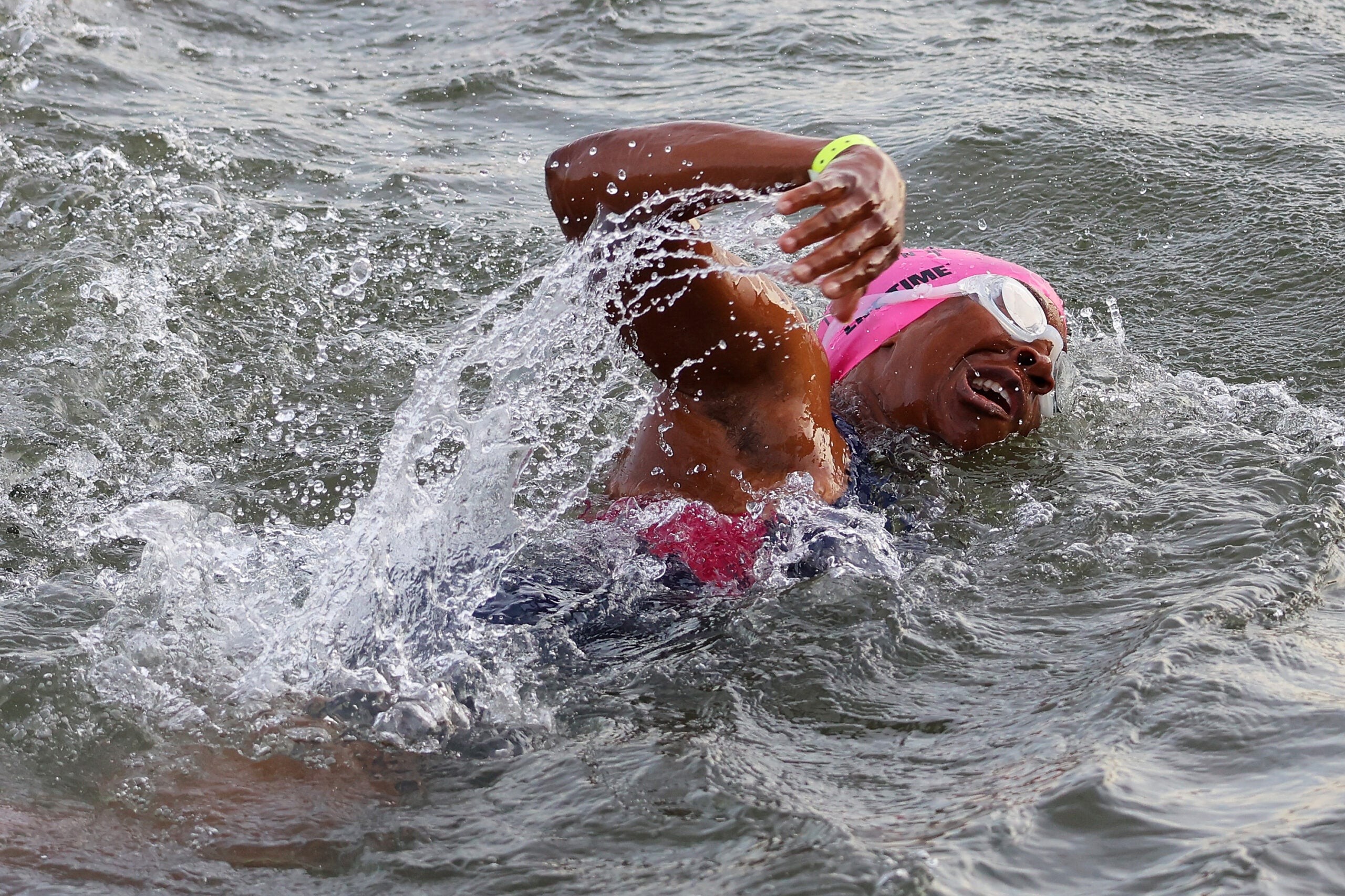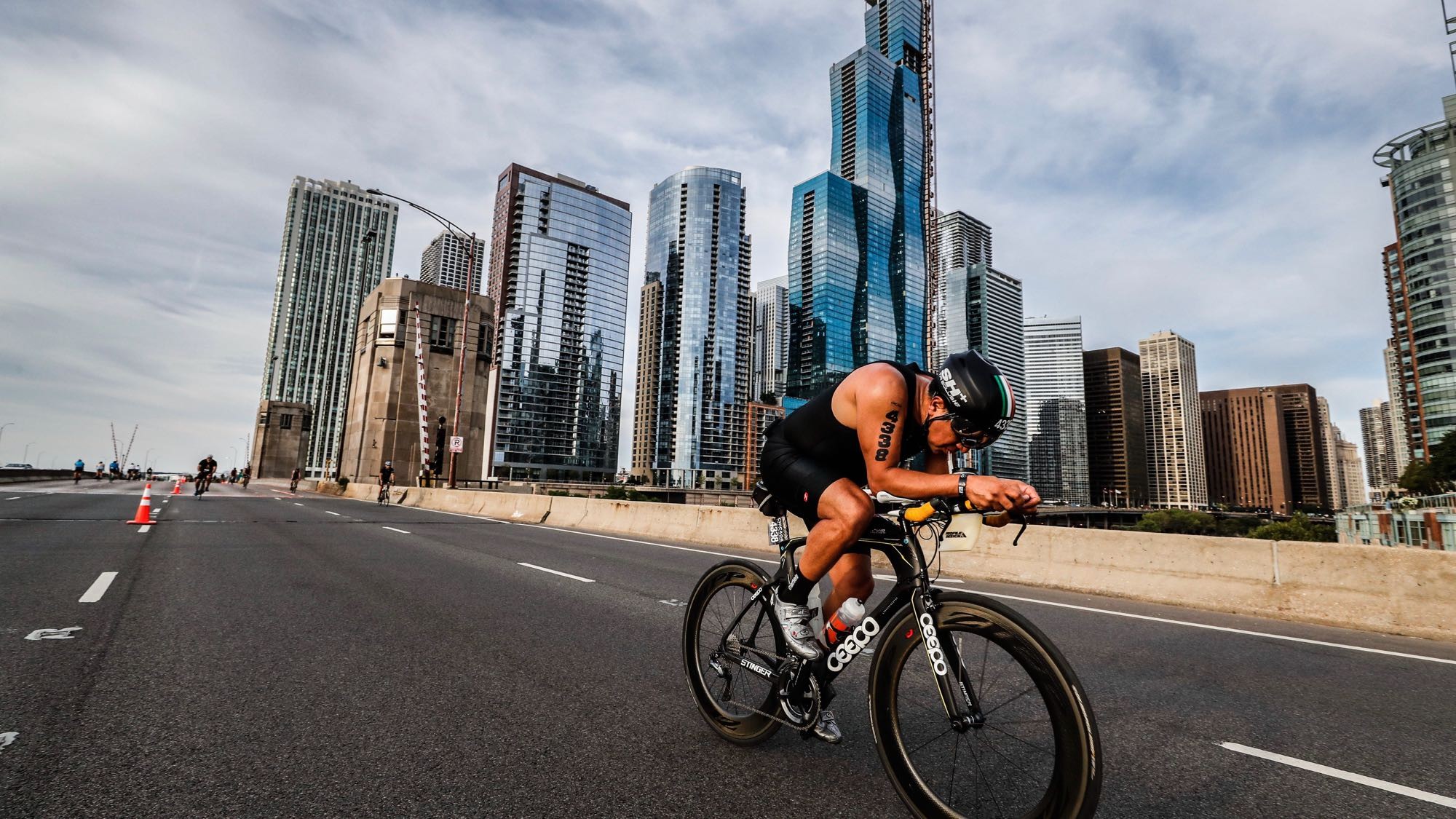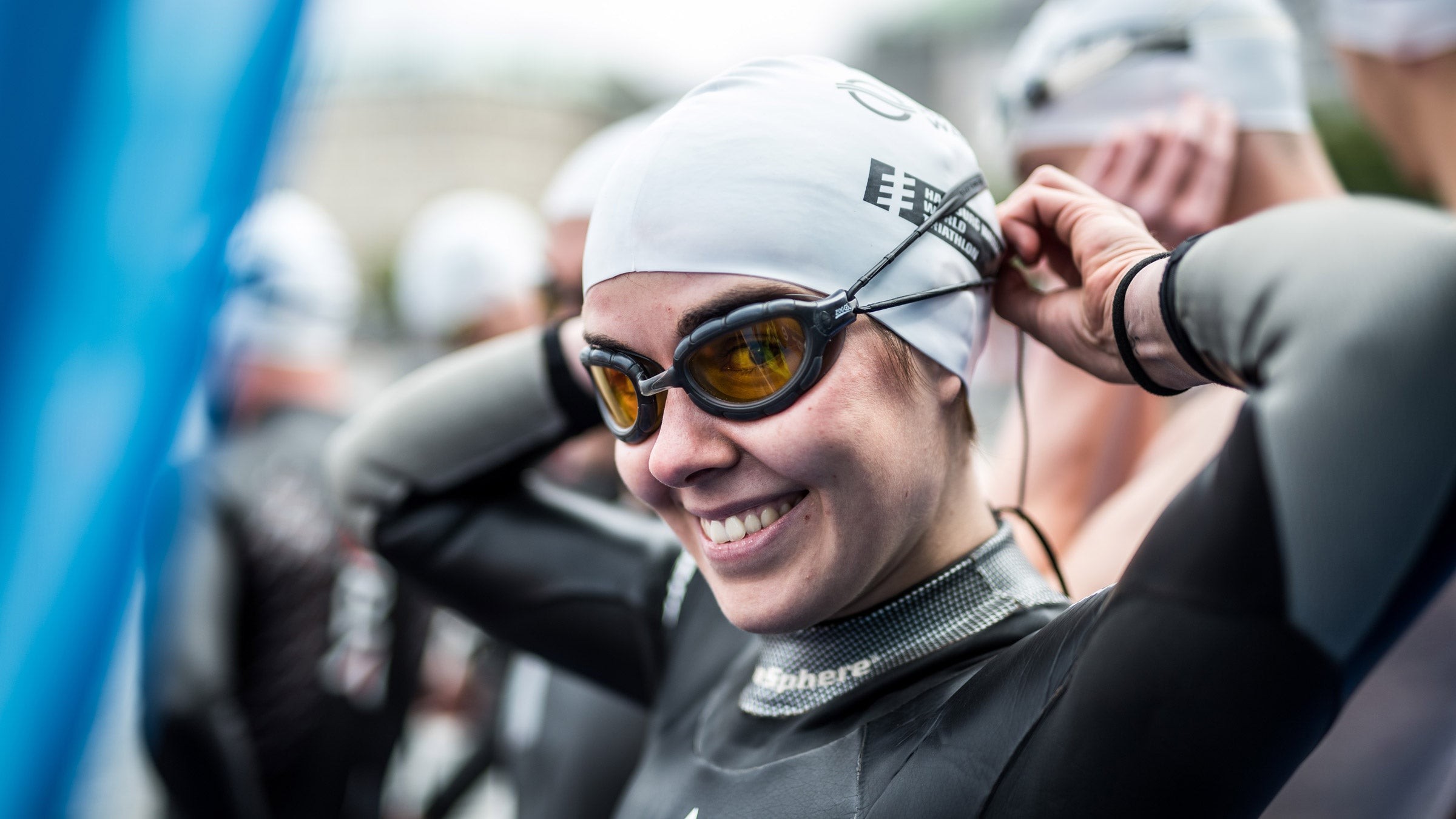So, you’re thinking about doing a triathlon? That’s fantastic! It might seem daunting with three different sports to conquer – swimming, biking, and running. But with the right approach, training for a triathlon can be an incredibly rewarding and enjoyable experience. This How To Train For Triathlon Beginners Guide will walk you through everything you need to know to get started, from choosing a race and developing a training plan, to selecting the right gear and fueling your body like a pro.
Is a Triathlon Right for You? Absolutely!
Don’t let any preconceived notions hold you back. Triathlon is a sport for everyone, regardless of age, body type, or athletic background. Every triathlete started somewhere, and many didn’t even begin until later in life. Whether you’re a seasoned runner looking for a new challenge or simply seeking a way to improve your fitness and overall health, triathlon welcomes you with open arms.
Understanding Triathlon Distances
Triathlons come in various distances, catering to different fitness levels and goals. Familiarizing yourself with these options is a crucial first step.
| Triathlon Distance | Swim | Bike | Run |
|---|---|---|---|
| Super Sprint | ~500 meters | ~6 miles | ~1 mile |
| Sprint | 0.75K / 750 meters | 20K / 12.4mi | 5K / 3.1mi |
| Olympic | 1.5K / 0.9mi | 40K / 24.8mi | 10K / 6.2mi |
| Half-Iron/70.3 | 1.9K / 1.2mi | 90K / 56mi | 21.1K / 13mi |
| Ironman/Iron-distance | 3.8K / 2.4mi | 180K / 112mi | 42.2K / 26.2mi |



For beginners, starting with a super sprint or sprint triathlon is highly recommended. These shorter distances allow you to learn the fundamentals, practice transitions, and build confidence without overexerting yourself.
Choosing Your First Triathlon
When selecting your first triathlon, consider the following:
- Distance: Opt for a super-sprint or sprint distance.
- Location: Choose a race that’s easily accessible and potentially close to home for convenient support.
- Atmosphere: Look for a beginner-friendly event with a welcoming and supportive environment. Local races or those specifically designed for novices are excellent choices.
- Motivation: Pick a race that excites you! Maybe it’s a local event where friends and family can cheer you on, or perhaps it aligns with a personal goal.
Resources like TriFind can help you locate triathlons in your area. Also, consider races like the Boston Triathlon, Leon’s Triathlon, or Malibu Triathlon which are known for their exciting venues.
Should You Start with a 70.3 or Ironman?
While it’s admirable to set ambitious goals, jumping straight into a half-Ironman (70.3) or full Ironman is generally not advisable for beginners. These longer distances require significantly more training time and can increase the risk of injury. Starting with shorter races allows you to gradually build your fitness and develop essential race-day skills. These races also provide the opportunity to meet experienced triathletes who can offer valuable advice and support, especially in managing pre-race anxiety and wetsuit application.
The Importance of Training: Can You Skip It?
While technically possible to complete a sprint triathlon without training, it’s strongly discouraged. Proper preparation is crucial for both performance and safety. Without adequate training, you risk injury, a miserable race experience, and potential discouragement from the sport altogether.
Open water swimming, in particular, requires specific skills and adaptations. Unlike swimming in a pool, open water presents challenges such as limited visibility, the absence of lane lines, and potential contact with other athletes. Additionally, the bike-to-run transition can be challenging if you’re not accustomed to running on tired legs.
How Much Time Do You Need to Train?
For a sprint triathlon, a dedicated training plan of 4-5 hours per week for 8 weeks can be sufficient. Following a structured plan, such as this free 8-week sprint triathlon training plan for beginners, helps you stay organized and ensures you’re adequately prepared in all three disciplines.
Training typically involves one workout per day, focusing on swimming, biking, or running. “Brick” workouts, which combine cycling and running back-to-back, are also valuable for simulating the race-day transition.
Do You Need a Triathlon Coach?
While not essential, a coach can provide personalized guidance and support, especially for beginners. If you prefer a self-guided approach, numerous free online resources and books are available. Consider joining a local triathlon club for group training sessions and advice.
Free Triathlon Training Resources
Explore online resources and books like The Triathlete Guide to Sprint and Olympic Racing. If you seek personalized support, a triathlon coach can tailor a training plan to your specific needs and goals. Use the USA Triathlon Certified Coach search engine to find qualified coaches in your area.
Conquering the Swim: Tips for Non-Swimmers
If swimming isn’t your strongest suit, don’t worry! Many triathletes come from non-swimming backgrounds. Learning to swim for a triathlon is a rewarding experience, and with the right instruction, you can confidently complete the swim leg.
Getting Started with Swimming
- Lessons are Essential: Enroll in adult swim lessons with a reputable organization such as the American Red Cross, Black People Will Swim, Total Immersion, or Saf-T-Swim. These programs provide structured instruction in a safe and controlled environment.
- Focus on Technique: Prioritize proper swimming technique over speed. Good technique reduces the risk of injury and improves efficiency in the water. Consider one-on-one swim lessons with a qualified instructor or triathlon coach.
- Tri-Specific Skills: Master essential tri-specific swimming skills, such as sighting (navigating in open water) and swimming in a wetsuit.
Essential Triathlon Gear for Beginners
You don’t need to break the bank to gear up for your first triathlon. The essential items include:
- Goggles
- Swimsuit
- Bike
- Bike helmet
- Running shoes
- Comfortable clothing (shorts, shirt, socks, sports bra)
Additional optional items include a wetsuit (depending on water temperature) and sunglasses. Consider investing in tri-specific gear, such as a tri suit or triathlon shorts, for added comfort and performance on race day.
Can You Use a Hybrid or Mountain Bike?
Absolutely! The best bike for your first triathlon is the one you already own. Whether it’s a mountain bike, hybrid, or borrowed road bike, any bike will work. Once you’ve completed a race or two and decide to continue with triathlon, you can then consider investing in a dedicated triathlon bike.
Nutrition and Fueling for Triathletes
Proper nutrition is crucial for triathlon training and racing. As you increase your activity levels, you’ll need to adjust your diet to fuel your body effectively.
- Balanced Diet: Consume a balanced diet consisting of protein, carbohydrates, and healthy fats.
- Fueling During Training: For sprint triathlon training, most workouts are under one hour and do not require additional calories during the session. Hydration with water or a sports drink is sufficient.
- Post-Workout Recovery: Replenish your energy stores with a mix of carbohydrates and protein after each workout to promote muscle repair and growth.
Race-Day Nutrition
Experiment with different pre-workout meals, snacks, and sports nutrition products during training to determine what works best for your body. Avoid trying anything new on race day! Plan your race-day nutrition strategy in advance, including what to eat the night before, what to eat for breakfast, and how to fuel during the race.
Essential Skills to Practice
In addition to swim, bike, and run training, practice these essential skills:
- Transitions: Practice transitioning quickly and efficiently between swimming and biking (T1) and biking and running (T2).
- Open Water Swimming: If possible, practice swimming in open water to acclimate to the conditions.
- Bike Handling: Develop your bike handling skills, including riding in a group and navigating turns.
You’ve Got This!
Training for a triathlon is an incredible journey. With the right preparation, dedication, and a positive attitude, you can achieve your goal of crossing the finish line. Remember to enjoy the process, celebrate your progress, and embrace the challenge. Good luck, and welcome to the world of triathlon! For more information and guidance, check out our free resource library for beginner triathlon. Share your journey on Instagram, Facebook, and X.